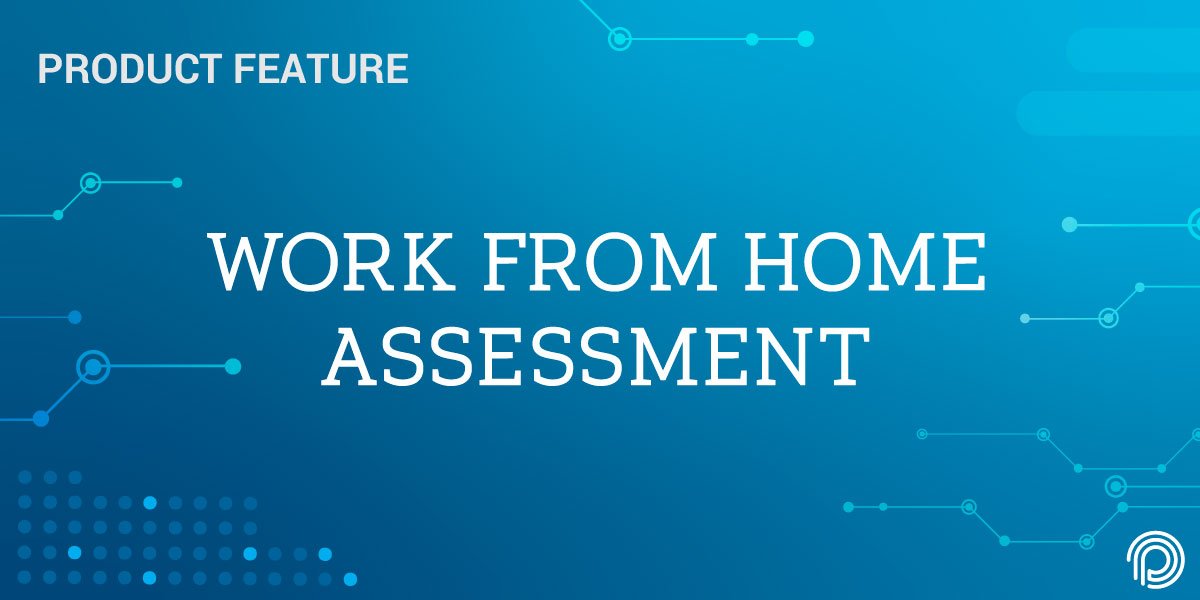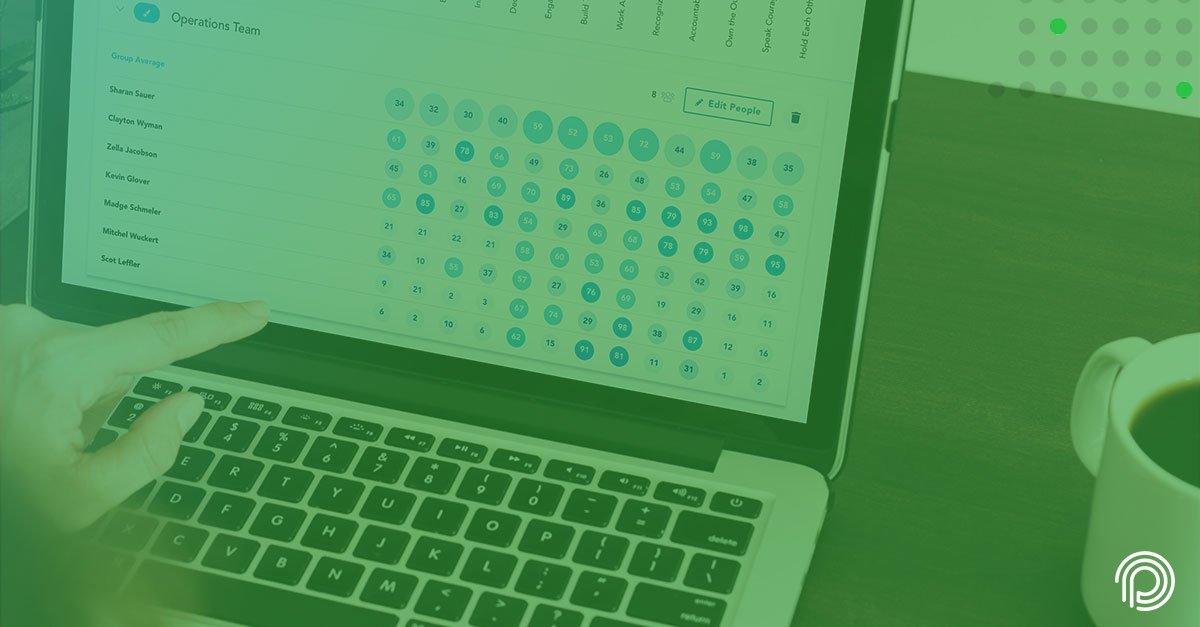Why do employees quit? It’s a question that keeps business leaders up at night, and it’s also a question that’s hard to answer. Thankfully, research helps us pinpoint a couple of the most common factors that cause employees to quit.
A recent Korn Ferry survey asked job hunters why they were planning to look for a new gig. Nineteen percent said they were on the lookout for a higher salary. Twenty-one percent said they lost their job. And a quarter said their employer’s culture or values didn’t align with their own.
The rest, a whopping 33%, said they were looking for a new job because they were bored. That’s it. They weren’t frustrated, overworked or underpaid. They were just plain bored.
My fellow employers: We cannot let boredom be the reason our workers leave our ranks. Let’s dive into the ways we can defeat boredom and help our employees’ reach their full — and most fully engaged — potential.
What’s the opposite of boredom?
When workers aren’t bored, they’re engaged. Engaged workers understand what’s expected of them, know how to navigate opportunities for growth, and feel like their voice matters. They’re involved and enthusiastic.
These characteristics don’t just make them pleasant coworkers. Engaged workers are linked to many business outcomes, such as profitability, productivity, customer service, and — surprise, surprise — retention.
Getting engaged
Now that we understand the ingredients of engagement, we have to review the steps to get there. Employers can thwart boredom by understanding their workers’ strengths and weaknesses, alongside their motivations, fears and passions.
For instance, an employee who has a natural inclination for learning may thrive in a job that requires them to synthisize vast amounts of information. A worker with a lower capacity may flourish in a role that functions on short, clear and factual pieces of information.
The benefit of knowing your workers extends beyond productivity. Employers face tough people decisions constantly: Who should we hire? Who should we fire? Who will stay? Who will leave? You don’t have time for these decisions — you need a tool that will fireproof your people decisions and boost worker engagement. To find out how PeopleBest can help you beat boredom, book a demo and set up a time to chat with one of our specialists.
PeopleBest is a revolutionary, simple and powerful way to capture the exact ‘DNA of success’ inside people, teams and companies.










